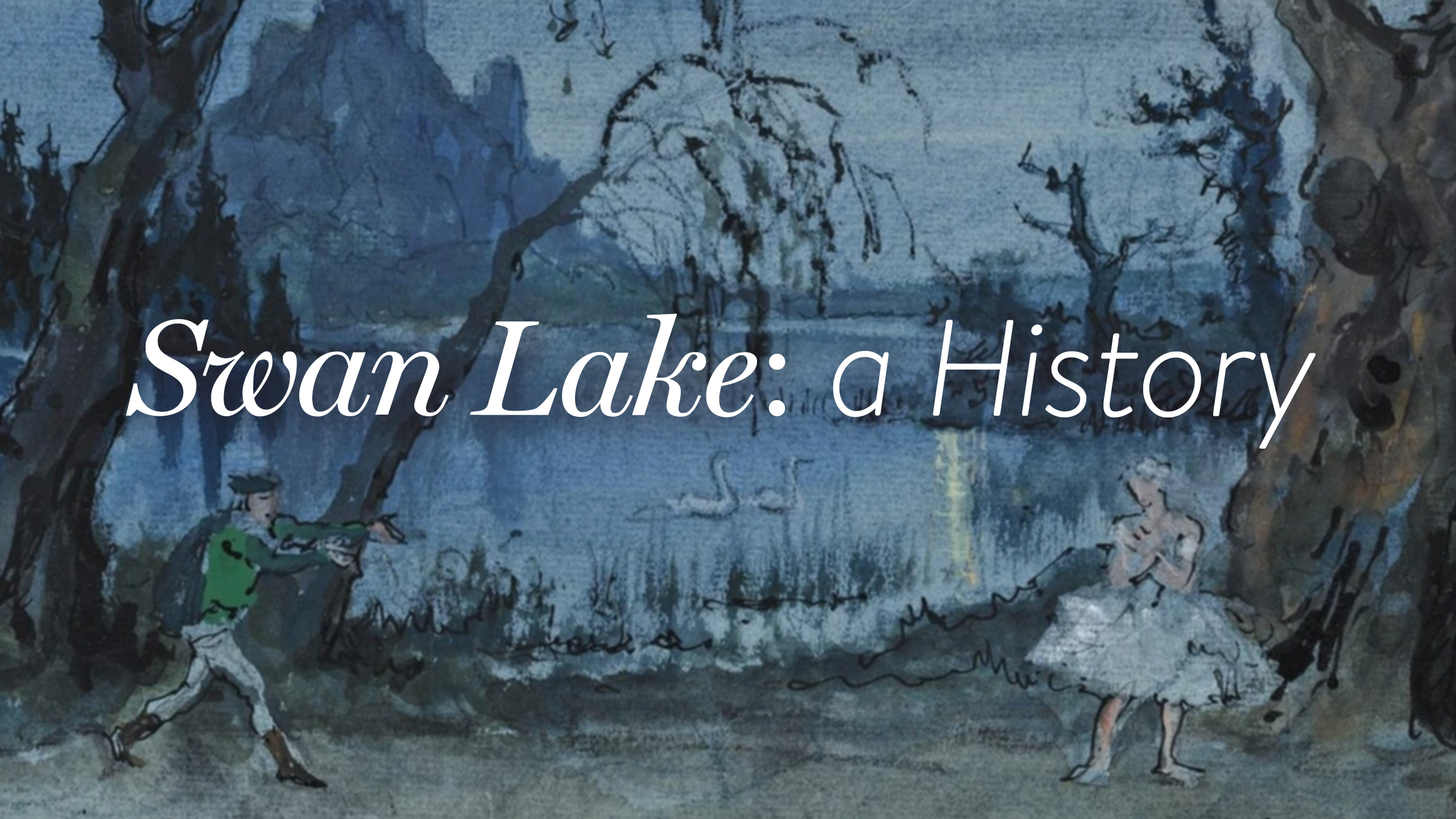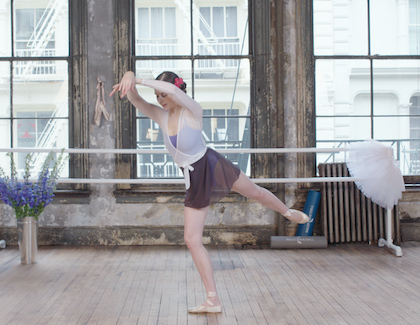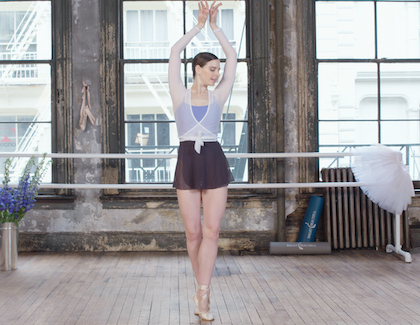
Hi Beauties,
This month, we're celebrating the Swan Queen and the beauty of Swan Lake. If there is a singular work of ballet that is most well-known and loved around the world, it is without a doubt Swan Lake. The tale is one of forbidden love, with a musical score by Pyotr Ilyich Tchaikovsky’s.
Believe it or not this now famous ballet was originally received as an artistic failure. Swan Lake was Tchaikovsky’s first ballet . The curtain first opened on Swan Lake on March 4, 1877 at Moscow’s Bolshoi Theatre. It was said the music was considered to be too complicated and symphonic for ballet and the choreography was unimaginative and forgettable.
Following Tchaikovsky's death in 1893, choreographer, Marius Petipa, reimagined the ballet with revised choreography and music, debuting at the Mariinsky Theatre in St. Petersburg. The 1895 Petipa debut included some changes made to the original score. Petipa, his assistant Lev Ivanov, and the St. Petersburg Imperial Theatre conductor, Riccardo Drigo, remained faithful to Tchaikovsky’s original vision. This has remained the most frequently-performed version of the ballet to this day. The ballet's American debut was in 1940, performed by the San Francisco Ballet. Petipa is also credited as creating the singular principle role of the ballerina as both Odette, the Swan-princess, and Odile, her evil twin. The two characters and their choreography are drastically different and considered to be one of ballet's most demanding roles.

Swan Lake Ballet, San Francisco Ballet, 1940
The story of Swan Lake was largely inspired by German and Slavic folk tales. The swan-princess is a recurring theme throughout much of this literature, appearing as a symbol of strength, elegance, and purity. Swan Lake is the love story of Prince Siegfried, who refuses to choose a noble bride. On a hunting trip, he encounters a flock of swans and falls madly in love with the Swan Queen Odette, swearing his allegiance and undying love to her. As a result of a curse by the evil sorcerer Baron von Rothbart, Odette can only take human form between midnight and daybreak. Only faithful true love can break the spell. This love is expressed in the White Swan’s gentle and tender pas de deux. During this pas de deux, Odette’s timidity and sense of fear of the Prince, transitions to acceptance of his love and hope for the future.
To prevent his spell from being broken, von Rothbart transforms his own daughter, Odile, to look exactly like Odette. Dressed in black, she is presented to Price Siegfried at his birthday party, and he thinks she is actually his beloved Odette. Filled with seduction and confidence, the Black Swan pas de deux is in complete contrast to the White Swan pas de deux. Technically one of the most difficult variations for a ballerina, this piece is famous for its 32 fouettés, which made for an incredibly impressive performance, especially when it was first danced by the Italian ballerina Pierina Legnani in 1895. Though today there are many variations in the stories ending, some tragic and some happy.

Pierina Legnani as Odette in 1895
Despite its start as an “ugly duckling,” Swan Lake went on to become a classic—beloved by millions of ballet lovers for over a century—and it will no doubt endure and continue to enthrall audiences well into the future.
Transform your workouts and join us in Swan Lake with our Swan Queen Bootcamp Challenge. Sculpt your Swan Arms and channel your inner ballerina with our beloved Swan Lake, Odette Workout and Swan Lake, Swan Queen Workout in honor of all Swan Queens.


If you are not yet a member, subscribe today and join our Custom Workout!
Have a beautiful workout!
The Ballet Beautiful Team






